This website uses cookies so that we can provide you with the best user experience possible. Cookie information is stored in your browser and performs functions such as recognising you when you return to our website and helping our team to understand which sections of the website you find most interesting and useful.
European Detour: Italy
By Gabriel Power | 2 March 2021 | Culture, Food & Drink, Travel
Five exclusive destinations for those looking to go against the grain and avoid the crowds
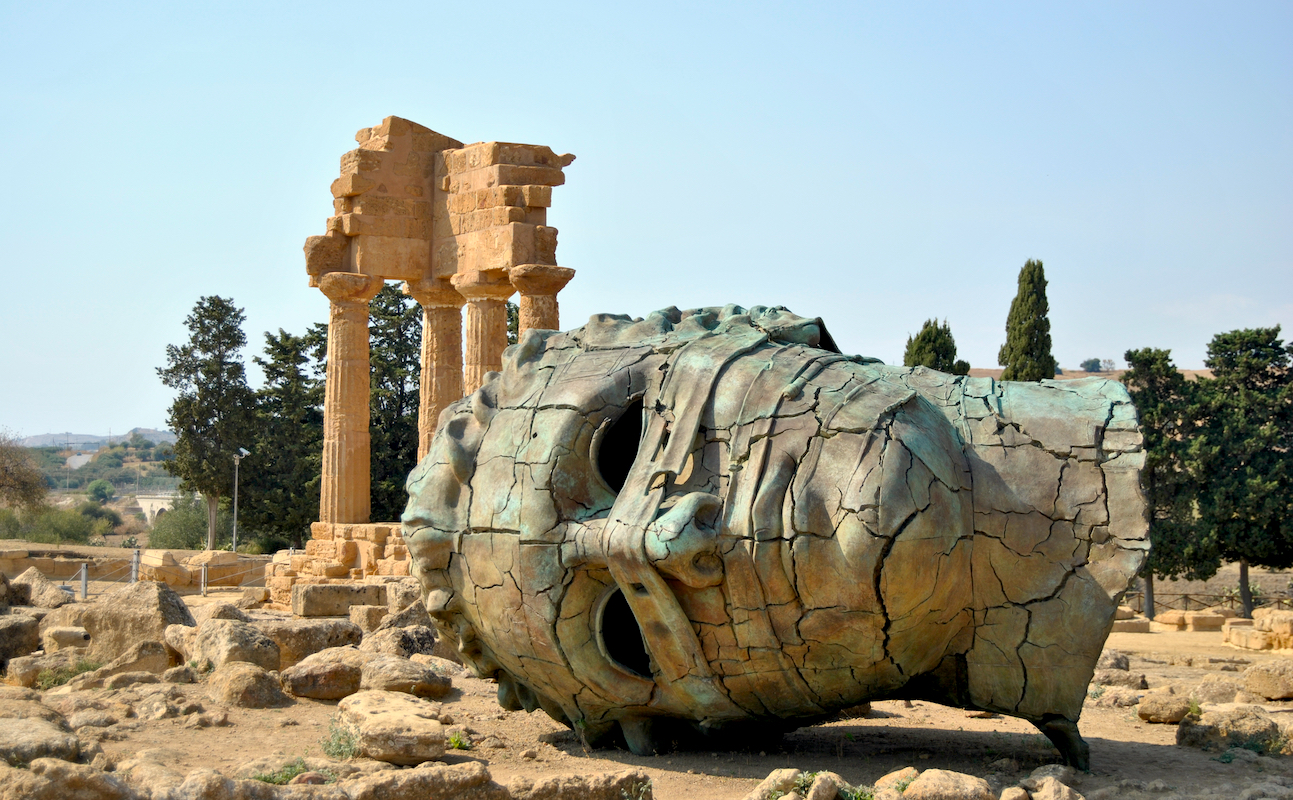
With international travel now a very real possibility in 2021 after a lengthy delay, holidaymakers are already gearing up to take to the European mainland for the post-pandemic trip of a lifetime. But if the glitz and glam of the continent's iconic cities or the chaos of its tourist-thronged beaches are a somewhat off-putting prospect for you, why not explore some of the lesser-known corners of Europe away from the crowds? In our brand-new online-only series European Detour, Tempus explores the most spectacular lesser-known regions, cities and sights in each of the continent's most popular countries for holidaymakers. In the first instalment we look at Italy, the gastronomic epicentre of Europe.
Italy is perhaps the country in Europe that most adequately demonstrates the truth behind the phrase "less is more". The chic designer-shop-laden streets of Milan and the bustling ruins of Rome are undoubtedly bucket list destinations, but for our money the bel paese is at its best when all this is stripped away and the majesty of the lesser-known regioni are thrust into the spotlight, their vast rolling hills, breath-taking flatlands or rough, jagged mountains dominating the landscape and offering a sense of isolation and exclusivity that few countries in Europe could hope to match.
And of course, it goes without saying that it is within the gastronomic arena that Italy's "less is more" mantra really rings true. Sure, a Michelin-star meal on a rooftop terrace in Florence is all fine and dandy, but to anyone familiar with Italy it will be difficult to shake that nagging feeling that somewhere nearby a 90-year-old nonna running a side street trattoria could serve you up a basic ragu that could bring tears to your eyes.
Here are five spectacular regions of Italy that the tourist guides won't tell you about.
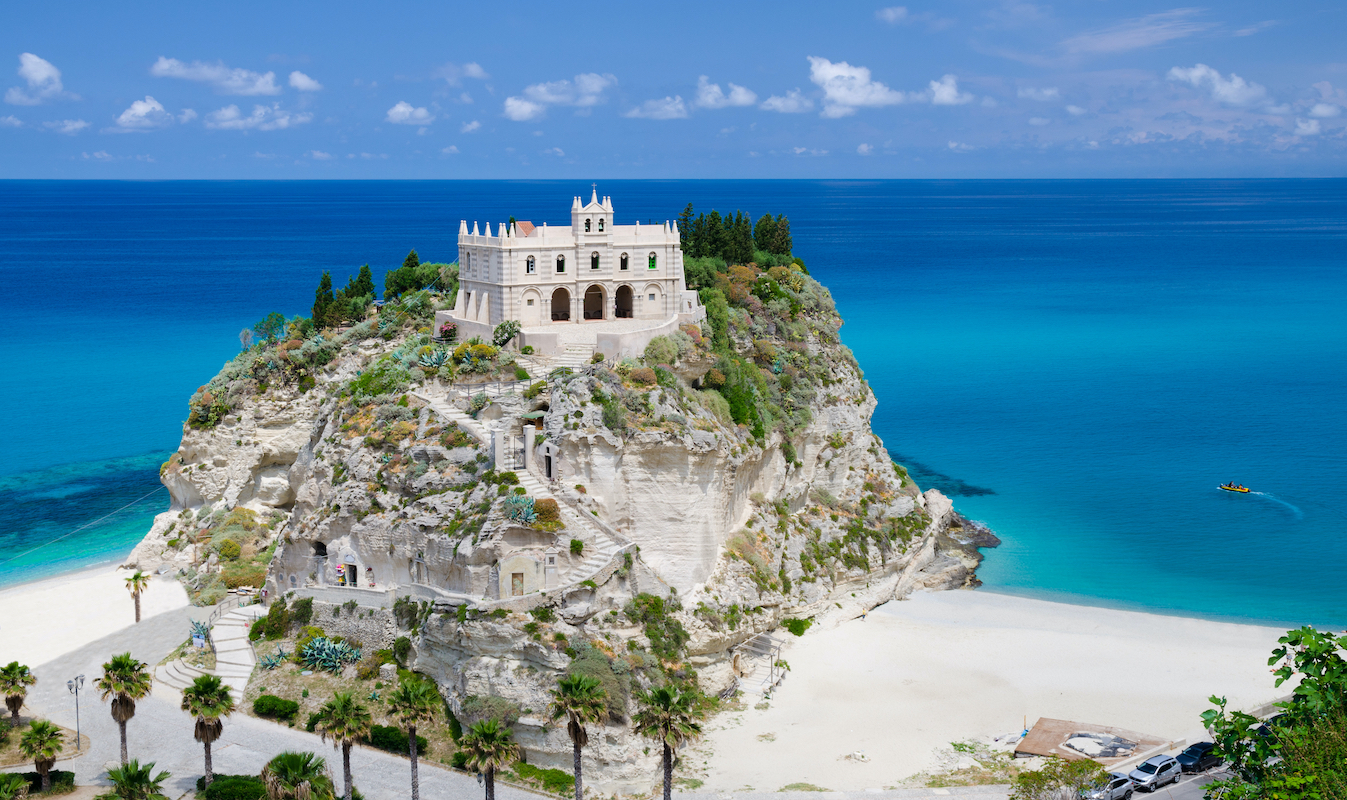
THE VIBO VALENTIA PENINSULA
Down in the deepest depths of the "toe" of Italy's iconic boot-shaped mainland lies the region of Calabria, a searingly hot beach-laden paradise with 500 miles of pristine coastline and an affinity for rustic, stripped-back cuisine. And it's here in this less-visited corner of Italy that the Vibo Valentia peninsula sits, jutting out of the northern side of Italy's toecap into the Tyrrhenian Sea.
From the cooking to the language, modern life on the peninsula has been forged by thousands of years of history through a fascinating and mysterious mix of pre-Roman settlers and tribes, and its relatively sparse population compared to similarly-sized districts of Italy have allowed these cultural quirks to thrive. Stop at a village cafe anywhere in the area and you might even catch an older local speaking one of the myriad local dialects such as chjàna or u rriggitànu, most of which often veer far from Standard Italian and contain vocabulary borrowed from Greek and even Albanian.
While the inland town from which the peninsula takes its name is a charming little destination for a day trip, we believe that a holiday to the region should be based in the nearby coastal city of Tropea, known for the stunning thalassic Santa Maria dell'Isola Monastery, lofty townhouses towering over the ocean and an ultra-sweet red onion variety unique to the hills surrounding the town. Visitors to the town should aim for a stay at Villa Paola in the city centre, originally built as a convent dating back to 1543 and featuring luscious green gardens on the cliff top overlooking the ocean.
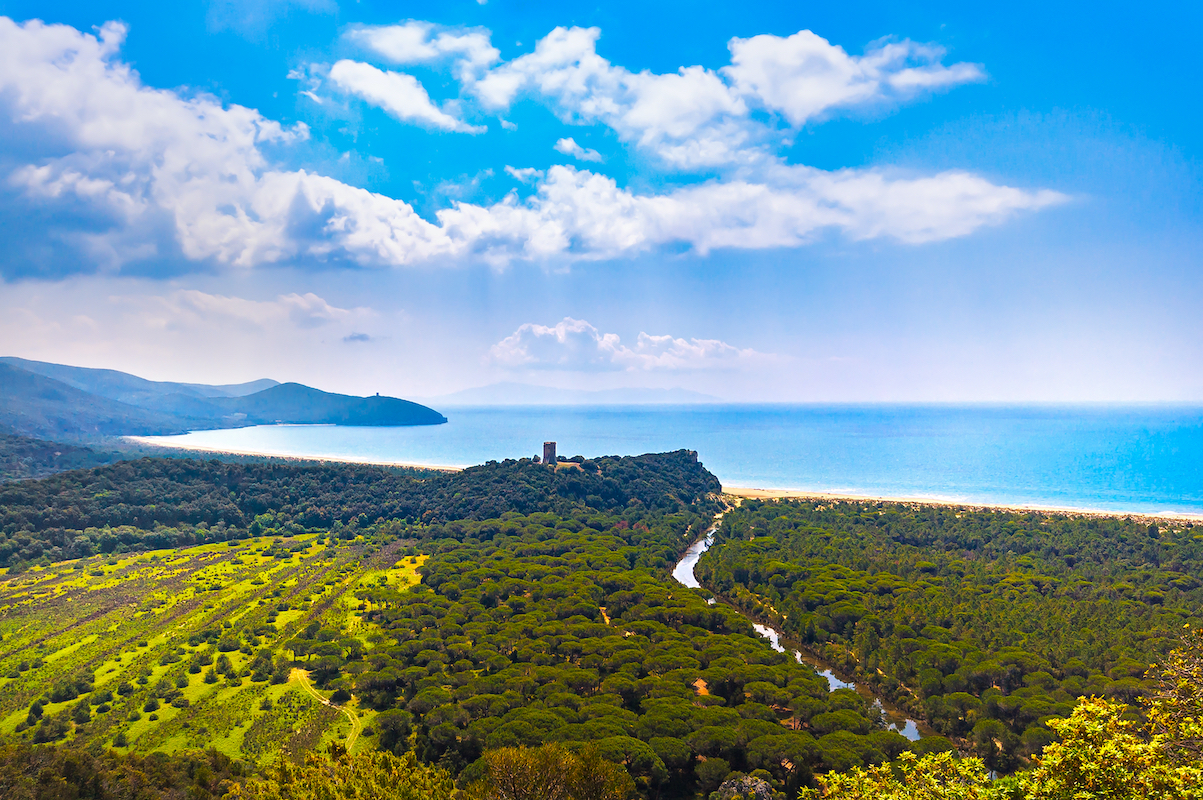
MAREMMA
Tuscany is hardly a well-kept secret. In 2019 a staggering 48 million tourists made overnight trips to the world-famous region, known for its Renaissance splendour, Chianti wine production and picturesque – if rather crowded – beaches. But much to the delight of those in-the-know, obnoxious backpackers and loud tourists tend to stay away from the stunning flatlands of the Maremma, an unspoilt 2,000 square mile floodplain in the southwest of the region.
The Etruscans saw this vast coastal region as a prime opportunity for agriculture, irrigating its copious marshes and creating a farming haven which then fell into disrepair during the Roman era, suffering a major decline in population as malaria became endemic due to the excess standing water. A major drainage project which began in the 17th and 18th centuries has seen the plains return to their vibrant best, with vegetation and livestock flourishing under long summer days as the sun shimmers off the canals that slice through the farmland.
Deep in the heart of the region, poking out above the crops and foliage that surround it on almost all sides, is L'Andana, a beautiful Medici-era Tuscan villa that once served as the summer home of the Grand Duke of Tuscany Leopold II of Lorraine and is now a wonderful five-star hotel. Replete with pastel oranges and corals, the rooms at this luxurious hideaway in the remote Tuscan countryside are big and airy, with high ceilings, tasteful terracotta-tiled floors and bay windows that open to views stretching out across the plains to the sea, and to the infamous island of Elba beyond. Furthermore, guests here can sample the finest cuisine this unique region has to offer at the on-site Michelin-starred La Trattoria Enrico Bartolini, run by the virtuoso chef of the same name.
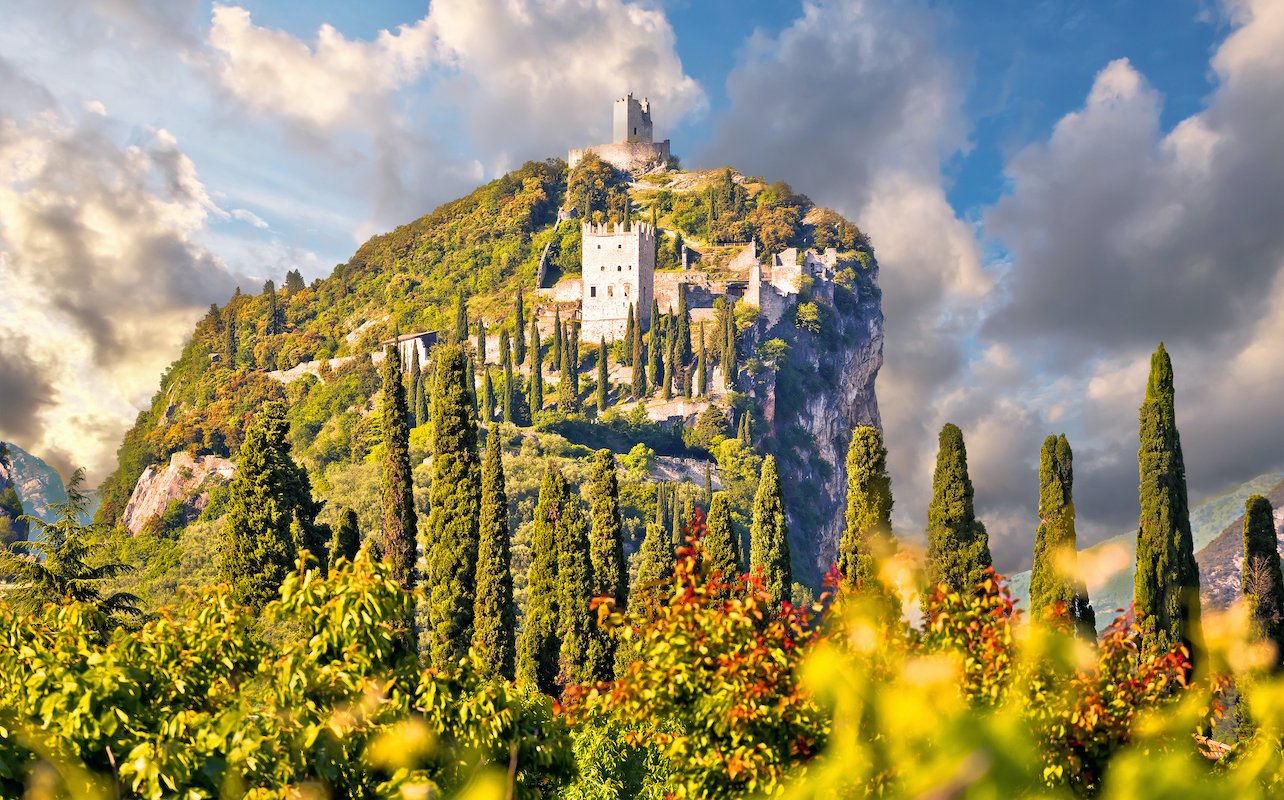
TRENTINO
A region that is all-too-often lumped in with its northern neighbour Alto-Adige despite the two bearing almost no similarities, Trentino is a spectacular corner of the extreme north of Italy that has more than enough world-beating scenery to stand out on its own merit, for which it can thank its frankly astonishing diversity.
The stretch of land it encompasses has everything a holidaymaker could ask for, from the beaches on the northern tip of Lake Garda to the ski resorts of the Dolomites and endless rolling vineyards and castle-topped hills in between. Another region known for its linguistic oddities, it is not uncommon to hear natives conversing unusually Italian-sounding dialects of German in the north, as well as instances of lesser-known languages such as Ladin, Mocheno or Cimbrian in the east.
Ask any Italian, however, and they'll tell you that it is Trentino's wine production that makes it a region well worth visiting. The region is well-respected among Italians for its Sauvignon Blancs and Chardonnays, but its world-class Pinot Grigios are a force to be reckoned with.
The brand new Lefay Resort & SPA Dolomiti, home to one of the largest spas in the region at 5,400sqm, is our pick of the hotels in Trentino. Access to the Madonna Di Campiglio ski area and a range of summer activities such as hiking, biking and horse riding make it an ideal destination all year round, while the resort itself houses a number of saunas, a range of pools, a whirlpool and a salt-water lake ensure the ultimate in relaxation for all guests.
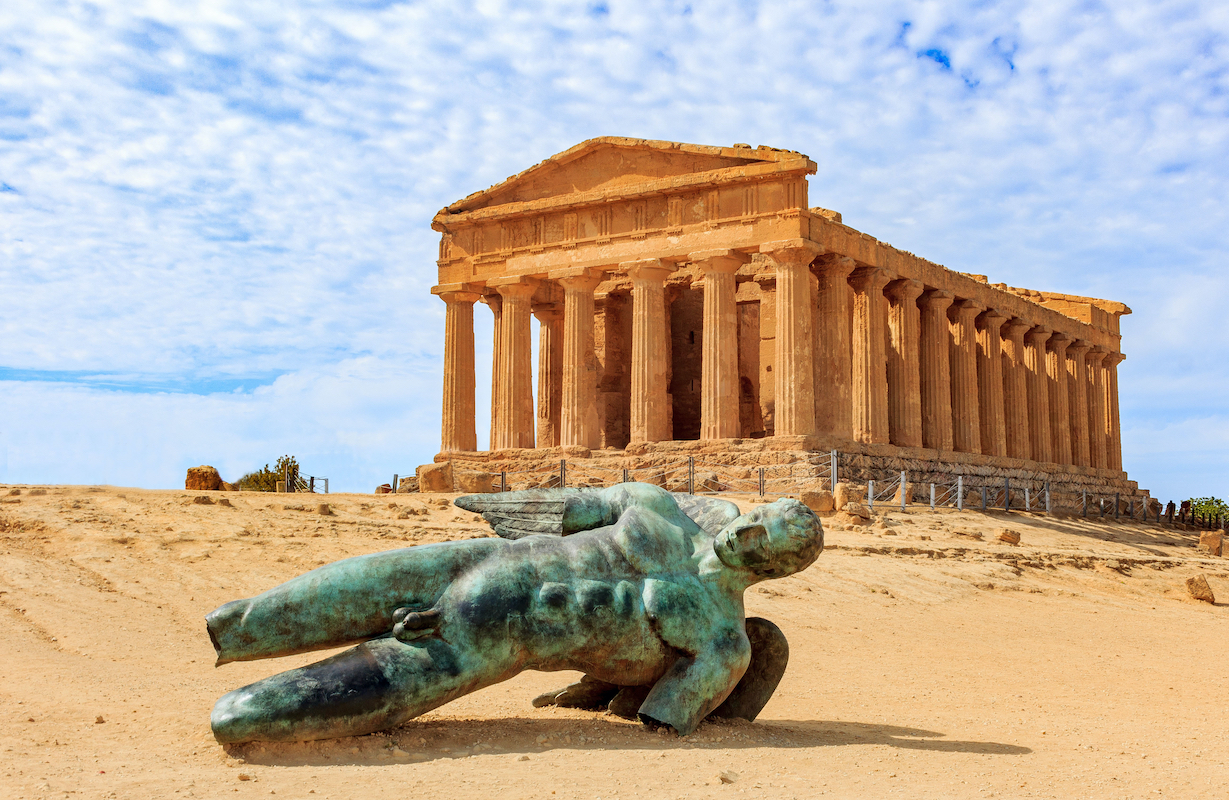
AGRIGENTO
Contrary to what you may believe – and what may seem like the obvious conclusion for a civilisation that rarely strayed beyond its own borders – Greece is not the only place in which one can find stunning collections of Ancient Greek ruins that remain almost entirely intact. Agrigento, a pleasant, busy town near Sicily's southern coast, is home to the Valle dei Templi ("Valley of the Temples"), a vast complex of temples and other buildings dating back to the 5th century BC, constructed by the inhabitants of Greek colonies dotted across Italy's southern extremes.
The temples here have been immaculately preserved by the arid air in the region, and the complex is dotted with a number of intriguing bronze statues by Polish artist Igor Mitoraj, all imitating ruins and each telling a story from Ancient Greek mythology. After a day under the admittedly brutal sun at the Valle, visitors can head into town for a spot of dinner at one of the Agrigento's multiple world-class restaurants to sample everything from Sicilian crab to the local delicacy panelle, consisting of strips of fried bread made from chickpea flour.
No trip to this extraordinary town would be complete without a stay at the Hotel Villa Athena, a gorgeous five-star hotel overlooking the Tempio della Concordia, the valley's most iconic and picturesque structure. The hotel's Villa Suite in particular is a sight to behold, with astonishing views of the Valle dei Templi from the suite's extra large terrace, complete with a luxurious jacuzzi.
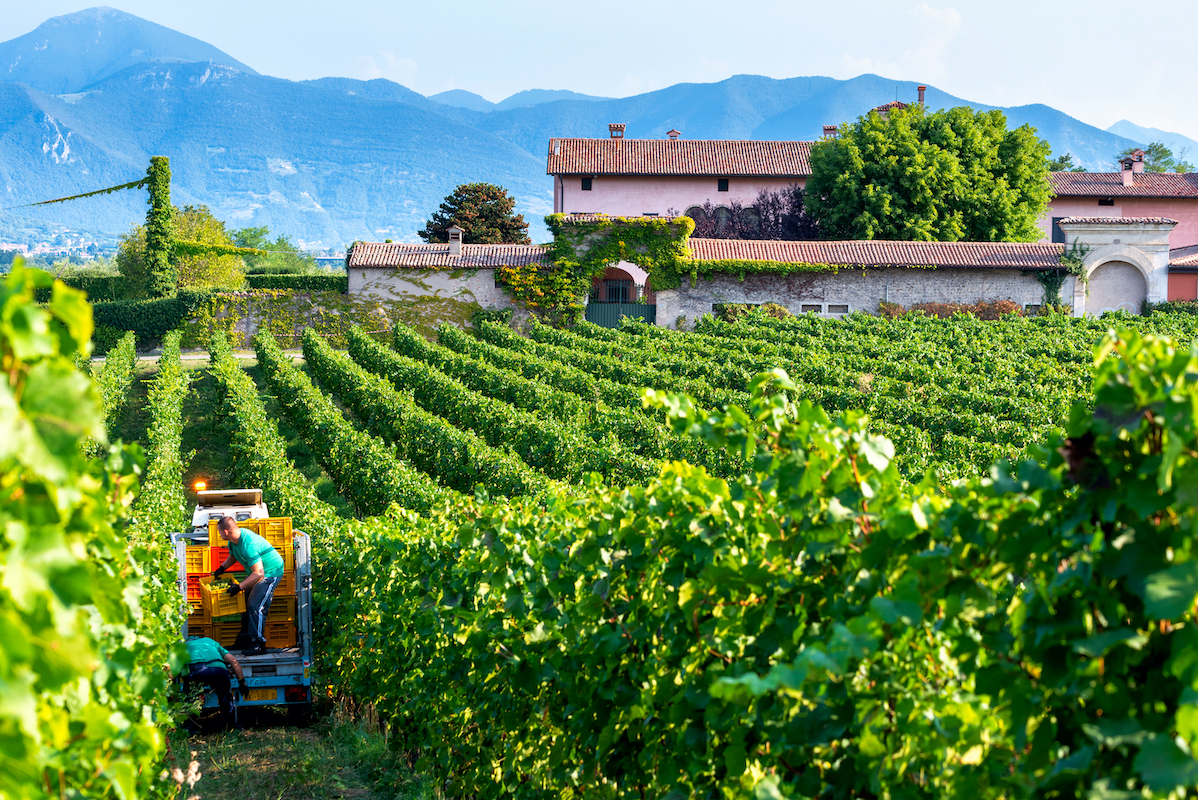
FRANCIACORTA
Returning to the far north of Italy we have Franciacorta, a small region at the southernmost edge of the dramatic mountains of Lombardy. The area is a visual feast, consisting of rugged mountains punctuating vast stretches of lush greenery that stretch to the shores of Lake Iseo, one of Italy's most spectacular bodies of water.
But Franciacorta could be entirely devoid of natural beauty and still be worth a visit purely for Franciacorta DOCG, a wonderful sparkling wine that uses the same traditional manufacturing process as Champagne. Despite its obvious quality, it is not produced on a grand scale and is difficult to source outside of the region, and so a guided tour around the numerous producers of Franciacorta is an enlightening way of learning about the wine while being introduced to new flavours you never thought possible.
Those looking for the ultimate in luxury can snooze off their woozy post-wine mornings at The Albereta Relais & Chateaux, a remarkable 19th century chateau in the hills outside of Erbusco containing an enormous state-of-the-art spa and first-class restaurant, along with a unique sunroof option in one of the suites that allows guests to slide away their ceiling and soak in the sun directly.







